Cloud Spending Best Practices for Application Development
CRAIG PILKENTON
VP, Technical Delivery
Resident Cloud Solutions Expert
First-rate application experiences are the goal for any customer solution, and deploying these applications as cloud workloads can help ensure that objective with their auto-scaling and recovery options. To support deploying application workloads to a cloud provider, teams need to understand how best to deploy them and how to determine costs for evaluating how savings of these workloads can be realized.
Cloud computing has become an increasingly popular option for businesses looking to reduce costs and increase efficiency, especially with development workloads. With the ability to scale up or down quickly by taking advantage of Software as a Service (SaaS) offerings, cloud computing can provide businesses with flexibility to meet changing solution development needs. However, when migrating application workloads to the cloud, certain best practices should be followed to evaluate possible cost optimizations properly.
The first step or phase in cost evaluation optimization when migrating application workloads to the cloud is to assess targeted workloads currently running in the enterprise and their software deployment environments (e.g., Development, Staging, User Acceptance Testing, Production, etc.). This includes understanding the current application infrastructures and programmatic services being used. An assessment of this type should also determine current costs associated with the environment as a baseline, dependent on how your organization may track them. Having this baseline type will help validate if cost savings are realized.
Once the current applications have been assessed, the next step is determining the best cloud provider for the application workloads. This should be based on the specific needs of the business, required features or connectivity, cost, performance and scale-out capabilities, and security. The enterprise may already have a set of cloud providers selected based on workload, but it's important to compare different cloud providers to ensure that the best option is chosen. Many enterprises are multi-cloud and utilize each cloud provider for different workloads.
The third phase is to develop a plan for the migration based on criteria that makes the most sense or impacts the business least. It should include timelines for deploying each application and software deployment environments, tagging of cloud resources for future cost analysis by application and environment, plans for load testing and validation, as well as cut-over plans once ready for Production release. It is crucial to ensure that the migration is done in a way that minimizes disruption to the business.
The last phase after each migration is monitoring and improving each deployed application, as well as continuously monitoring the other resources of the cloud environment as a whole for cost-saving opportunities. Optimization is usually done by utilizing resource auto-scaling, auto-healing, auto-shutdown, and other cost-saving features. Reviewing costs associated with each application workload by resource tagging and creating spend estimation goals within the toolset can help look for trends or usage patterns where savings can be realized.
Finally, it is essential to continuously monitor the cloud environment against previously set cost goals as applications move to steady state. This will ensure that resources are monitored for usage patterns and improvements. Performance of the application workloads is paramount, but evaluating costs associated with the cloud environment can also help detect issues before they impact deployed solutions.
By following these suggested phases for application deployment to the cloud, businesses can have a higher probability of realizing cost savings migrating application workloads to the cloud. Then the business can maximize the benefits of cloud computing while minimizing costs associated with the migration, allowing for future growth and opportunities.
With Hylaine being a cloud and technology agnostic partner, our teammates are highly skilled at evaluating workloads that can run the best in cloud environment and how to deploy them there efficiently. Besides implementing these solutions as SaaS applications, many of our engagements also help customers set up cost performance goals and dashboards for monitoring. Our experienced teams can help partner with your organization to ensure cloud deployments are efficiently done and cost-effective.

